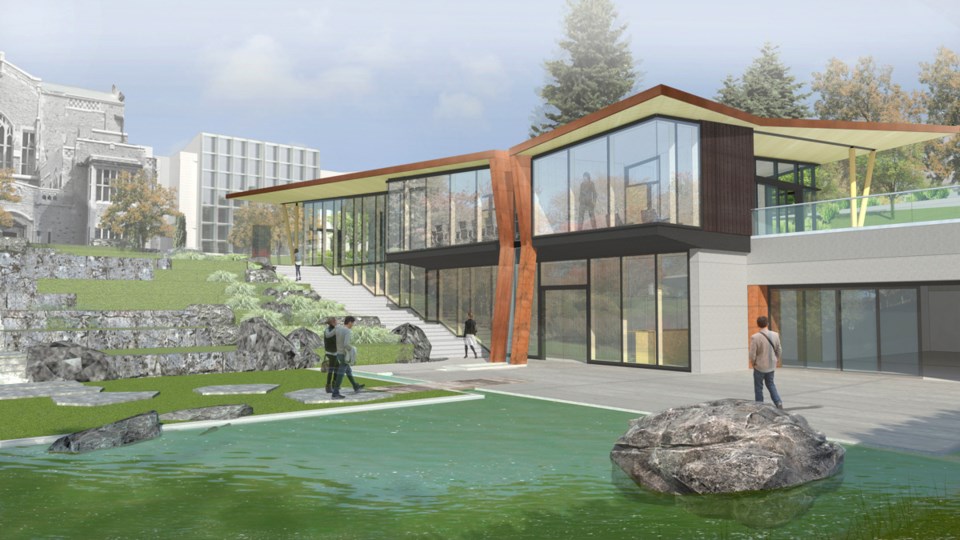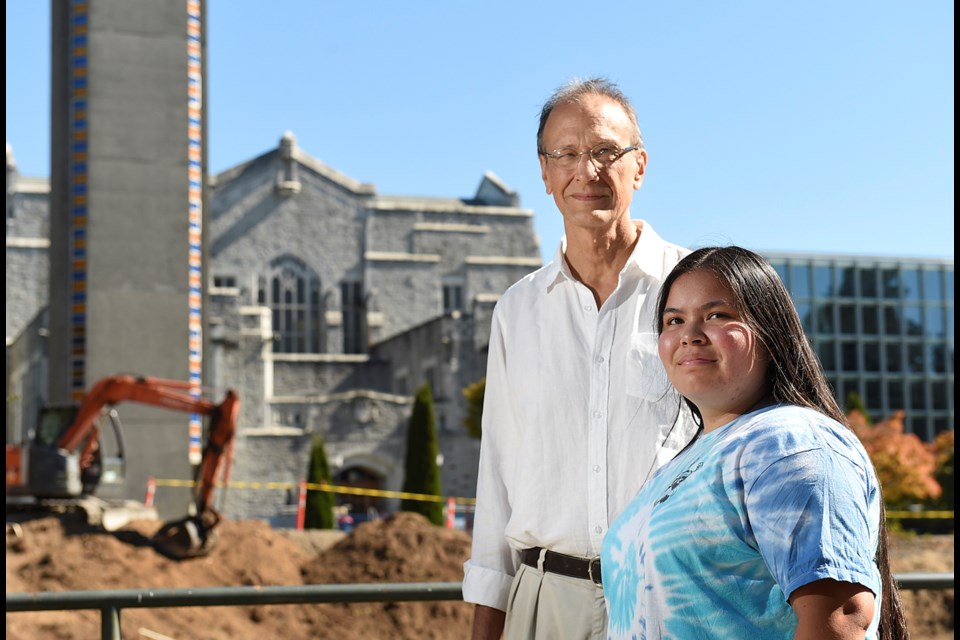For University of British Columbia student Adina Williams, it’s another step on the pathway to reconciliation.
Williams, a member of Squamish Nation, grew up experiencing the intergenerational impacts of Canada’s residential school system by way of her stepfather.
The resounding impact of the schools is a common thread in Indigenous families, but the generations of assimilation and abuse have been hidden from history books.
In recent years, things have started to turn around in part thanks to the national conversation opened up by the Truth and Reconciliation Commission of Canada (TRC), which was established in 2008.
Earlier this month, Williams stood witness as UBC announced it would open a Indian Residential School History and Dialogue Centre at the heart of campus.
“It’s incredible,” Williams said after the Sept. 12 announcement.
“I believe such a centre on campus will help Canadians better understand a truthful account of the history.”
The donor-funded $5.5-million centre is slated to open at UBC in the 2017-18 academic year and was designed with input from residential school survivors.

It will be an affiliate site to the National Research Centre for Truth and Reconciliation located in Winnipeg, which opened last year.
UBC First Nations House of Learning director Linc Kesler said the Vancouver centre will be another arm of the national one — but with less responsibility around storing and organizing documents, which means there can be more of an immediate focus on public engagement.
The upper floor of the centre will be a dialogue space where people can meet for discussions and meetings, while the lower floor will be a space for public information and access to residential school records.
Another significant aspect will be a memorial site for the estimated 6,000 children who died while attending the schools that operated across Canada between 1880 until 1996.
“There will also be, in the lower space, a large interactive display system, which will allow people to come in and explore the history,” Kesler said. “That would be for curricular purposes, but also just people who want to come in as visitors and begin to develop an understanding.”
He said the timing is fitting given that the new K-12 curriculum in B.C. schools includes First Nations history and the legacy of residential schools.
He expects many classes will be taking field trips to the centre once it’s built.
UBC president Santa Ono explained that the centre is a culmination of a series of events that began in September 2013, when the TRC was holding the last of its national events in Vancouver.
He said his predecessor Stephen Toope was one of the last people to speak at the events, and had indicated interest in establishing a centre at UBC to be affiliated with the national one.
Ono said he realizes there has been a large deficit in public education when it comes to educating students on Canada’s true history.
“We are committed to this day forward, to addressing that deficit seriously,” he said.
At the centre’s official announcement, Union of B.C. Indian Chiefs vice-president Bob Chamberlin told Canadians to prepare themselves for a difficult experience.
“I think the only way that we’re going to maintain, develop and sustain a true level of reconciliation is through understanding and education,” he said.
“And this is not going to be a comfortable experience for Canadians, because we’re going to have to come to terms with the details of what has happened to First Nations people in this country.”
caradawnmckenna@gmail.com
@CaraMcK


